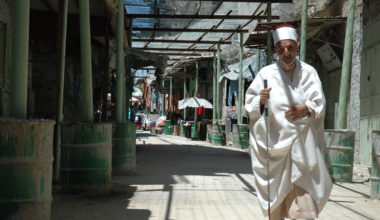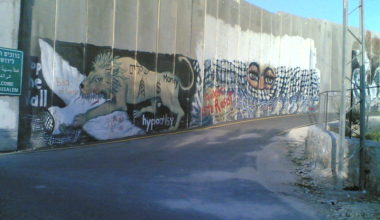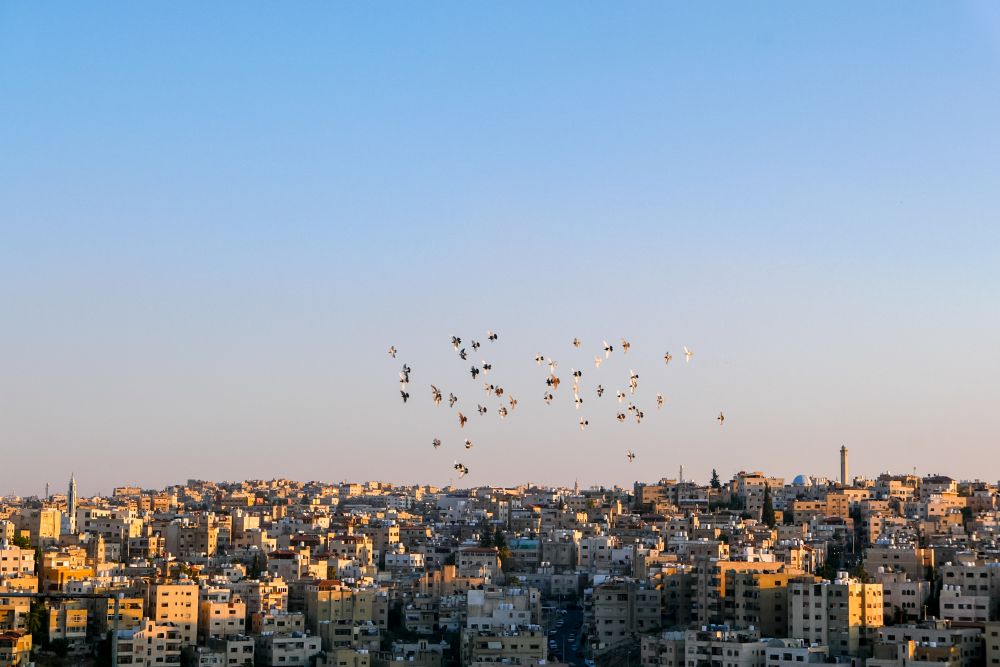
By Felicia M. B. Campos, PhD candidate, Department of Islamic and Middle Eastern Studies, University of Edinburgh.
Conducting fieldwork oftentimes entails an act of immersion – of entering spaces, listening deeply, and navigating the intricate web of relationships that define a field of study. But what happens when the field itself is undergoing a catastrophe? When the community one seeks to understand is not only engaged in the creative labour of imagining futures but is simultaneously facing the daily struggle of survival? Researching Palestinian hip hop and its ability to create futures, at this moment, meant contending with the weight of ongoing violence, the silences of those unable to speak, and my own positionality as a researcher attempting to understand a cultural movement that I could not physically reach.
Due to UK FCDO travel restrictions and my university’s policy, I was unable to conduct fieldwork in Palestine and this is what brought me the closest I could get: Amman. This limitation was not just a logistical hurdle but, in many ways, encapsulated the very experience of Palestinians – being denied access to their own land, facing barriers to movement, and having to navigate external and internal restrictions on their existence and agency. The very impossibility of access became, in itself, part of the research, reflecting the realities that many of the artists I study grapple with in their music and daily lives. It was collectivity, friendship, and trust that made my stay in Amman, both professionally and personally, fruitful.
Very rarely do fieldwork accounts acknowledge the role of chance, luck, and encounters in shaping research, yet these moments can transform an entire project. Here, therefore, I also attempt to recognise how my fieldwork was shaped by fortuitous meetings and the generosity of my interlocutors. I am deeply grateful to the Palestinians who, even in such disheartening times, shared their time and culture with me, guiding me through a music scene I could not access in person.
Conducting fieldwork in Jordan had its shortcomings in terms of access to fragmented Palestinian cultural scenes, but it also benefited from being a safe space for foreigners and ‘outsiders’ to explore and engage with such scenes.
Therefore, this piece is, although somewhat fragmented, a twofold reflection: a personal account of the challenges of doing research on Palestinian culture during this time; and also a way to acknowledge and thank the Palestinians I met on the field for their trust and for their invaluable contributions. This research – and this researcher– would undoubtedly be very different without them.

Doing Research Amidst the Unspeakable
“Min wayn inti?” was usually the first question asked in every interaction I had in Jordan. My answer in broken Arabic “Ana min al-Brasil” used to prompt a mixture of happiness and surprise from interlocutors. As I continued by asking the question back “Wa inta/inti?” The warm and welcoming smile would immediately wane into a dry and sad expression trying to conceal pain. What followed changed my stay as a whole and all its significance: “I’m from Palestine.”
In a country where a great deal of its population is Palestinian (especially in its capital, Amman), there was a collective suffering and pain underlying every daily activity. Some tourists might have been wandering oblivious to the unspeakable horrors happening just next door – Amman is a mere one-hour drive to Al Quds (Jerusalem), the capital of Palestine; a three-hour drive would take you to Gaza. I wrote “would” because it would indeed be the case if the checkpoints did not block the way and control the movement (Tawil-Souri 2019; Shabjdeed 2024) of anyone attempting to enter Palestine, causing delays of innumerable hours or even preventing entry altogether.
The duality of living in two different emotional realities took a toll not only on me, but on the research itself. The hype of being in a vibrant city like Amman in the summer, with great food, music, lovely cafes with organic artisan roast coffee, world famous tourist sites, etc. were in stark contrast to what its people were feeling. In a way, it felt like we were all at the same time relieved and ashamed/guilty for not being in Palestine in such a painful time.
It was also collectivity, beyond the sentiment of impotence and gloom shared by many, that made my experience richer in Jordan, both professionally and personally. In times of the unfathomable, it is within the collective that we find strength to carry on in a world we can neither understand, nor feel capable of changing.
It was the Palestinian friends I made who showed me the music scene in Amman and shared the nuances of the Palestinian music scenes across the land, such as how distinct the scenes are in Nablus and in Ramallah, in 48 Palestine (i.e.: Haifa) and in Al Quds. They provided me with access to the knowledge I was originally meant to obtain first hand but was barred from reaching. Through them, and their trust and generosity, I managed to glimpse at the cultural scene I designed my fieldwork around.

Difficulties on the ground: Fragmented Trust, Paths and Soundscapes
Conducting research in these times presents challenges, as violence, displacement, and fear profoundly disrupt the ability to engage with communities on the ground. In this sense, the situation of the assault on Gaza and their escalating violence in the West Bank has definitely also made it harder to access the interviewees not only geographically, but also in terms of trust, because they were not feeling safe, even as public figures and artists who are regularly in the public eye.
On the attempt to interview an important music producer, I was met with his hesitation in trusting me fully: first, he did not know me personally; second, he had previously experienced his words being misused by foreign interviewers. In a time where his very existence as Palestinian is being questioned – and its legitimacy and value weighed in the public arena of the colonial empires of the Global North – one must certify to whom they are speaking to and what is their agenda. It is a hostile environment full of dangers of all sorts for Palestinians (and, increasingly, to Palestinian liberation supporters), including discursively, as their words might be taken out of context, misrepresented, or used against them.
Another interviewee was unable to meet me in person due to movement restrictions, so we had to conduct our conversation through an online meeting app. Since I am creating a film based on these interviews, this format was far from ideal. However, once again, this limitation seems to be bound to the broader Palestinian experience and its many disformations, as described by Prof. Helga Tawil-Souri (2019).
Another example of this fragmentation appears in music. In 2021, rapper Tamer Nafar from Lyd, in 1948 Palestine, released a song featuring MC Abdul, a young rapper from Gaza. In the music video, Nafar raps in front of the separation wall while footage of MC Abdul is projected onto it. It creates a powerful image of their separation: Due to the occupation fragmenting Palestinian territories, the two artists were never able to meet in person – not even to record their own music video. This experience of forced separation resonated deeply with my own inability to meet some of my interviewees in person. For Palestinians across Gaza, the West Bank, Al-Quds and even those in exile – which I consider an integral part of ‘Palestinianness’ – this fragmentation is a lived reality.
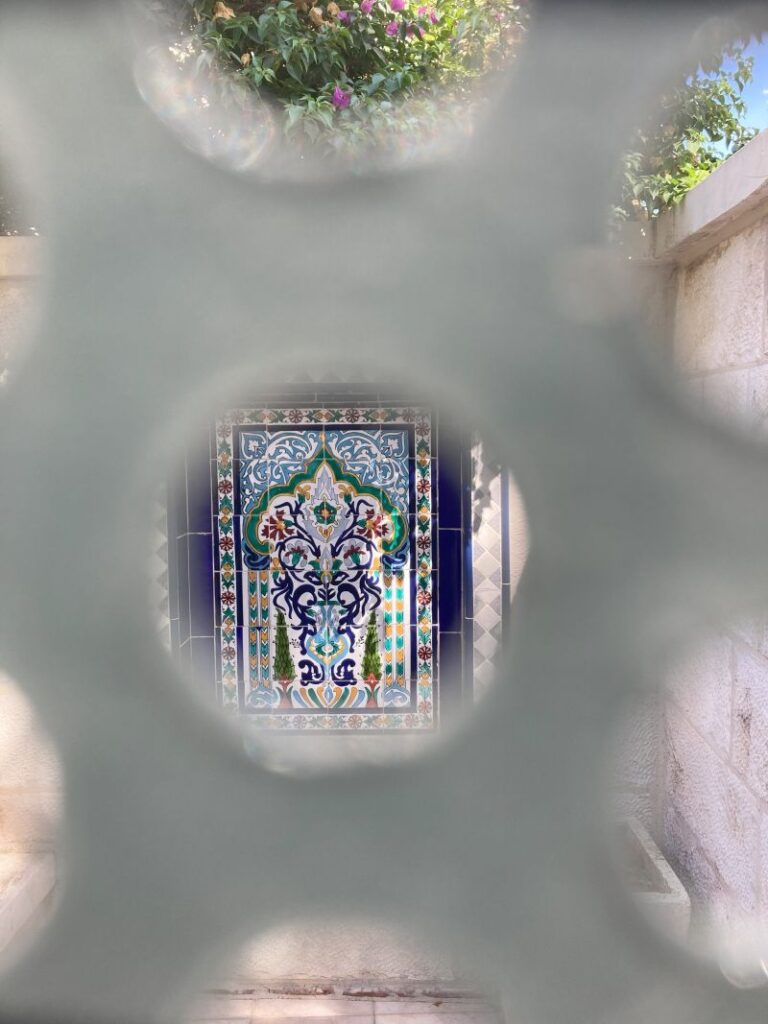
Building a legacy as temporal subversion
In speaking with Palestinian artists, I was reminded of the Brazilian pixadores (taggers), street artists from disenfranchised communities who risk their lives to inscribe their names in perilously high places. As one anonymous interviewee in a 2014 documentary put it, “We are probably not making it past our twenties, but my pixo (tag) will stay there. It will outlive me.”
Born into a reality where their culture and very existence are under erasure, young Palestinian artists similarly seek to assert their presence. They want their collectives and their art to outlive them. The founders of BLTNM, an independent Palestinian music label, have described their work as a project built to last (Faber 2019). They are not merely making music – they are constructing an industry on their own terms, free from the control of major labels that do not understand their reality. This is a project of seeding, of nurturing, of knowing that they may not witness the full extent of their labour’s impact, but ensuring that the soil remains fertile for those who will come after them, therefore asserting temporal duration to their project, culture and existence.
I see this as a form of temporal subversion – a direct challenge to the colonial timeline that seeks to erase indigenous existence while positioning the settler state as eternal (Hawari 2023). Yet, through their music, these artists disrupt this imposed order by, building on Palestinian endurance, constructing a future. They are not only preserving their culture but actively expanding it, carving out a space in time that refuses to be constrained by occupation.
This temporal endurance, that I call futurity – the deliberate act of imagining and ensuring continuity despite violent erasure – defies the temporal deterritorialisation that is the Palestinian experience by default (and design) under occupation. The severing of Palestinians from their land is not just spatial but temporal, disrupting their ability to experience past, present, and future in an unbroken continuity (Tawil-Souri op.cit).
In this way, Palestinian artists’ insistence on creating and sustaining their industry is not only an act of defiance against (spatial and temporal) displacement and dispossession of youth, but also a disruption of the colonial temporal order. By crafting their own timelines, they are resisting imposed stagnation, rupture, and disappearance. They assert agency over both space and time through imagining, creating and sustaining their artistic practice as a practice of futurity for Palestine.
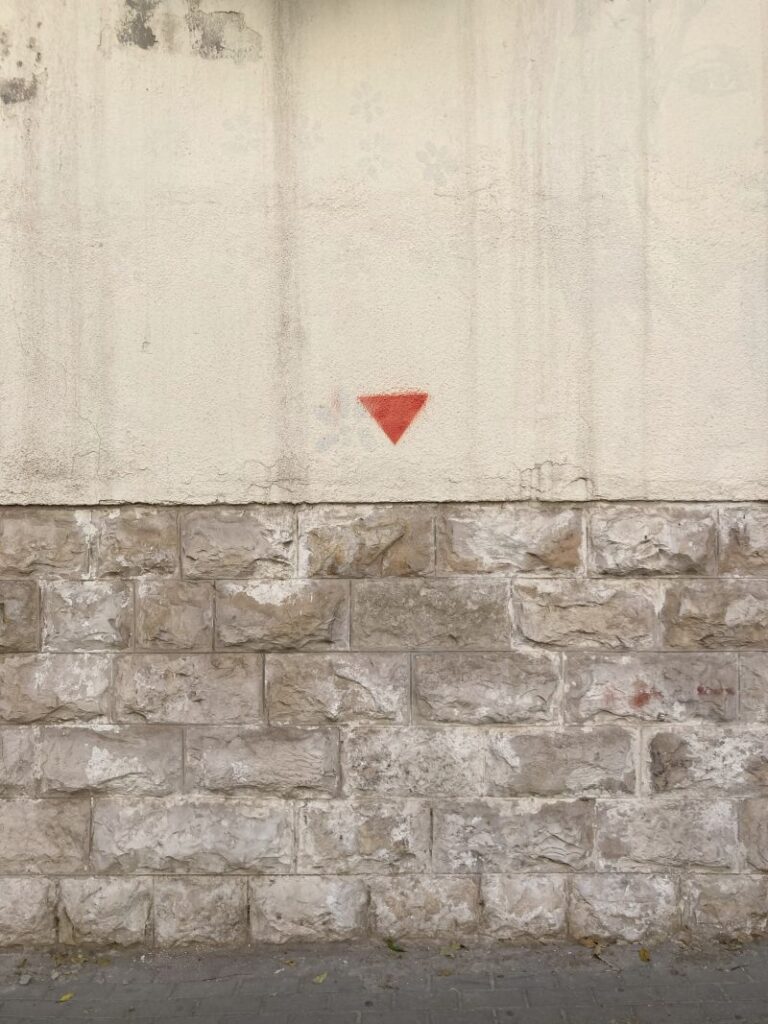
Said’s Freedom Party
I met Said (I will use this fictional name to refer to him) as I passed by a shop and heard a familiar voice playing on the speakers, it was a song by Tamer Nafar. I had not encountered any rap in Amman until that moment so I immediately entered and asked the guy at the cashier, a bit astounded “Who’s playing this?”, he answered with a friendly smile “I am.” That’s how we became friends, Said and I. Said, I later found out, is a Palestinian music producer living in Jordan after leaving Ramallah because of the double persecution the artists were facing there: both from the Zionist occupation, and the Palestinian Authority.
He ended up playing an essential part in my quest to get to know the Palestinian music scene from Jordan. He knew everyone. He taught me about the underground – and the “sub-underground” scene that the Ramallah-based collective Saleb Wahed (-1) created, which radically shifted the landscape of music production within Palestine (involving big names such as Muqata’a, Al Nather, Shabjdeed, Haykal and gave birth to the BLTNM record label collective with Daboor, Fawzi, R3D and many others). I owe a lot to this fortuitous encounter and to Said’s generosity in sharing his world with me – a world that has fascinated me for over a decade, and an otherwise difficult-to-access world, as underground scenes often are for ‘outsiders’. But most essentially, a world that is under constant threat of disappearing.
I pressed the record button on the camera after framing him the way I found fit, ready to start the interview. After the initial giggles of friends trying to do something serious – in this case, me interviewing him for my PhD and my film on the rooftop of my apartment in Lweibdeh – something magical happened. When I asked him about his vision for the future of Palestine, Said spoke for 20 minutes about the Freedom Party – a celebration of the day of the Liberation of Palestine. He was envisioning the party in all its aspects – the playlist, the overlapping music on the streets, the food. For 20 minutes I was carried by his words and we were dreaming together of a future that is soon to come.
Of course magic tends to interfere heavily with technology, so for those precise 20 minutes, the camera did not record any image. Therefore, I do not have images of Said envisioning the Freedom Party, but I have his melodious voice describing it. For 20 minutes he weaves it in detail half in Arabic, half in English, painting the night with its colours, filling the heart with hope and its sounds, dances, and food for all on the streets. I promised I would meet him there, where we shall, collectively, be able to rejoice with the Palestinians and experience Palestine together, in the same time and space, for a change.
Listen to some tracks below:
DAM – EMTA NJAWZAK YAMMA – ايمتى نجوزك يما
Shabjdeed & Riyadiyat – Rad Saree3 (Prod. Al Nather) شب جديد و رياضيات – رد سريع
R3D & Shabjdeed – Umro2 (Prod. Al Nather) رعد و شب جديد – ؤمرؤ
Shabjdeed & Al Nather – Tal Abib شب جديد والناظر – تل أبيب
Haykal – Sot Ramallah صوت رام الله
SADAA – Echoes of the Mena w. Ali Asfour – guest Jinjin
Julmud جُلْمود – Saree El Thawaban سريع الذوبان
References
Escandari, Amir, dir. Pixadores. 2014. Documentary. Brazil/Finland
Faber, Tom. “‘If Israeli Soldiers Start Shooting, We Won’t Stop the Interview’: Palestinian Hip-Hop Crew BLTNM.” The Guardian, August 19, 2019. https://www.theguardian.com/music/2019/aug/19/bltnm-hip-hop-palestine-west-bank.
Tawil-Souri, Helga. “Dis-formations of Palestine.” Culture, Time and Publics in the Arab World: Media, Public Space and Temporality 4 (2019).
All Photography by Felicia M. B. Campos, unless stated.
The views expressed by our authors on the CBRL blog are not necessarily endorsed by CBRL but are commended as contributing to public debate.












